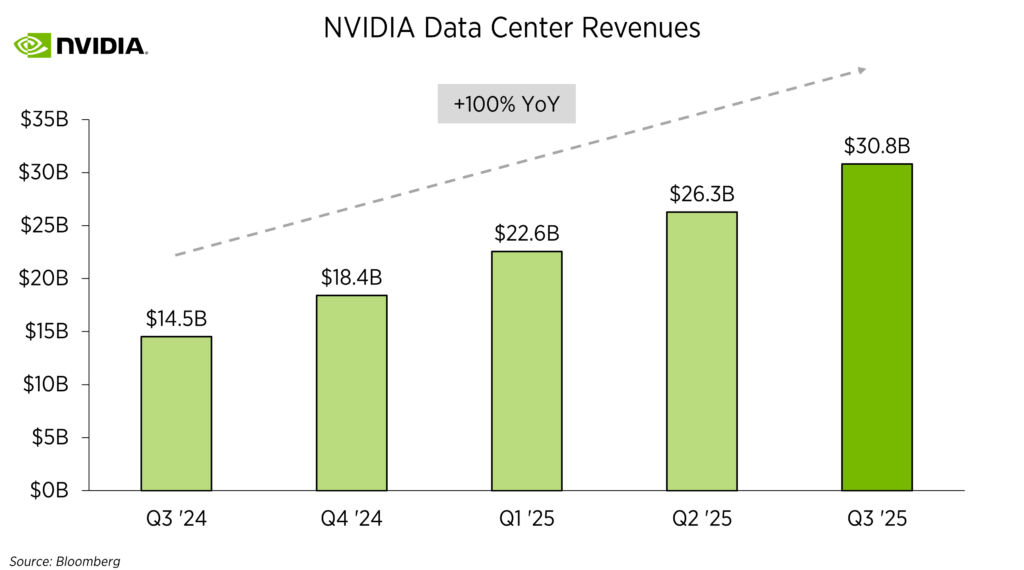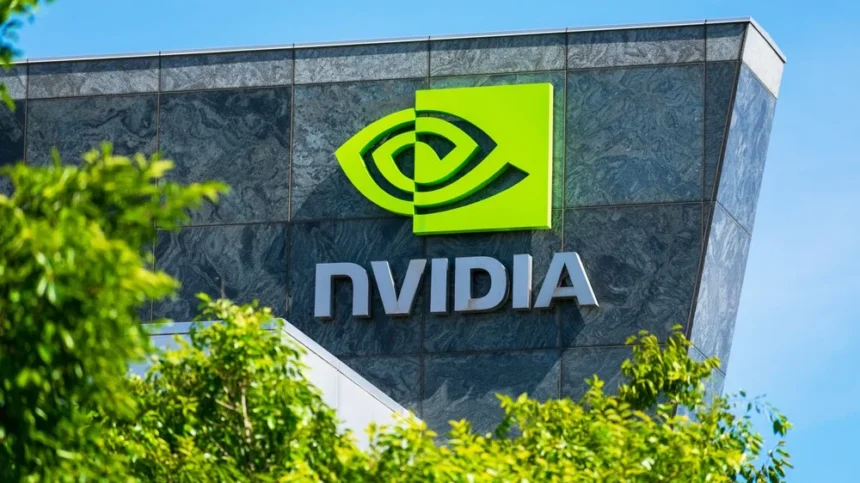NVidia, the brand most people associate with graphics cards, is undergoing a major organizational transformation. CEO Jensen Huang announced that NVidia now operates as an AI infrastructure company, going far beyond just selling chips.
What’s Happening & Why This Matters
At NVidia’s recent GTC conference, Jensen Huang clarified the company’s evolving identity. “NVidia is an AI infrastructure company. We’re an infrastructure company, not just ‘buy chips, sell chips,’” Huang says. This new focus centers around creating massive AI factories instead of solely producing GPUs.
NVidia unveiled four new GPU architectures to meet the rising demand for AI technology. Huang notes the unusual transparency about future products. “That’s like someone announcing their next four phones. It makes no sense, right?” he jokes. Yet, this reveals NVidia’s transformation from a traditional electronics vendor to a critical AI infrastructure provider.
Huang highlights the scale and scope of NVidia’s new role. This year alone, the company delivered 3.6 million Blackwell GPUs to leading US cloud providers, a sharp increase from the 1.3 million Hopper-based GPUs delivered last year.
“AI infrastructure isn’t something you buy today and deploy tomorrow,” Huang explains. “It’s a multi-year investment involving careful planning.” This strategic shift underlines NVidia’s deeper involvement in customers’ success. “Our factories directly translate to customer revenues,” Huang stresses.

Addressing concerns about US tariffs on Chinese goods, Huang remains optimistic. NVidia’s supply network spans multiple countries, offering agility against potential disruptions. Huang confirms that NVidia aims to expand US-based manufacturing, which will be boosted by partner TSMC‘s $165 billion investment in Arizona fabs.
NVidia also shared ambitions beyond AI computing. At GTC 2025, Huang unveiled two powerful new computers: DGX Spark and DGX Station. These innovations target developers and enterprises aiming for high-performance AI prototyping and workloads.
NVidia’s advancements extend to humanoid robotics and quantum computing. Collaborations with Disney Research and Google DeepMind bring advanced robotics closer to reality. NVidia’s Isaac GR00T N1 and Newton technologies enhance robot precision and intelligence.
On autonomous driving, NVidia partners with General Motors. This partnership integrates NVidia’s AI chips into GM’s vehicles, factories, and robotic technology. Huang emphasizes NVidia’s leadership, stating, “We build technology almost every self-driving car company uses.”

Finally, Huang announces NVidia’s Accelerated Quantum Research Center (NVAQC) in Boston. This center aims to fuse quantum computing with AI, tackling complex global issues from drug discovery to material sciences.
TF Summary: What’s Next
NVidia’s move beyond chips into AI factories signals a transformative era for technology and industry. The company’s strategic partnerships and product launches promise significant growth and innovation. Watch NVidia closely as it reshapes global technology infrastructure with AI and quantum computing advancements.
— Text-to-Speech (TTS) provided by gspeech


